PUBLISHER : Amy Marson CREATIVE DIRECTOR / COMPILER : Gailen Runge ACQUISITIONS EDITOR : Roxane Cerda MANAGING EDITOR : Liz Aneloski DEVELOPMENTAL EDITORS : Liz Aneloski, Stacy Chamness, Jake Finch, Lynn Koolish, Barbara Konzak Kuhn, and Cyndy Lyle Rymer TECHNICAL EDITORS : Ann Haley, Karyn Hoyt, Peggy Kass, Sara Kate MacFarland, Wendy Mathson, and Teresa Stroin COVER/BOOK DESIGNER : April Mostek PRODUCTION COORDINATOR : Zinnia Heinzmann PRODUCTION EDITOR : Jennifer Warren ILLUSTRATORS : Wendy Mathson, Kirstie L. Pettersen, Norman Remer, and Richard Sheppard PHOTOGRAPHY by Christina Carty-Francis, Luke Mulks, Diane Pedersen, and Sharon Risedorph, unless otherwise noted Published by C&T Publishing, Inc., P.O. Box 1456, Lafayette, CA 94549 This book is dedicated to all the people at C&T Publishing who have worked on my books over the years, making them such a success.Carol ArmstrongHappy twentieth book anniversary, Carol! We began working with Carol Armstrong on her first book, Wildflowers, more than 20 years ago. It was published in 1998 and sold more than 20,000 copies its first year. 9 more beautiful books followed. Carol was a pioneer of the slow-stitch movement.
In 1986 she and her craftsman husband moved from the busy city to a rural area in Michigans Upper Peninsula. There she thrived, creating her quilts and her books without electricity (or running water!). She typed her manuscripts and did all her sewing by hand. According to Carol, the wonderful snowy winters gave her time to do lots of quilting. When her fingers and eyes needed a break, there was always water to pump and bring into the house, wood to load into the woodbox, bird feeders to fill, or the large organic vegetable garden to tend. The joy she takes in her environment and her design process is evident in each design.
Its a sense of joy she likes to share. Carol says it best: If you are new to appliqu, welcome to hand stitching and quilting. The informal techniques that you will learn will soon be effortless. If you have already enjoyed appliqu, my journey into design will add to your experience. For everyone, I wish you the same fun I have when creating appliqu. Amy Marson, Publisher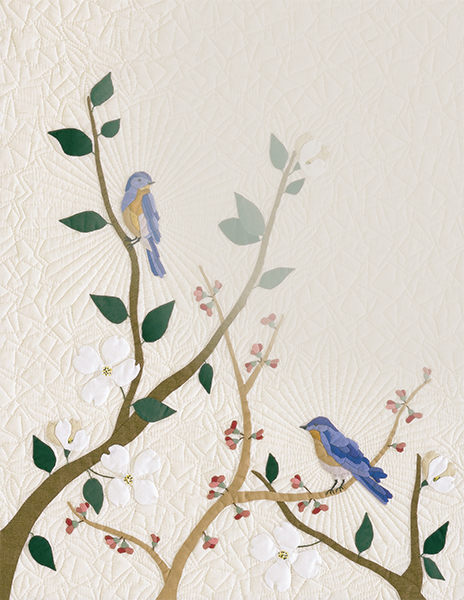 Tools and Materials
Tools and Materials 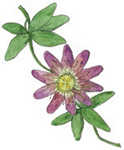 Tools LIGHTBOX My method of appliqu uses a lightbox to make the tracing of designs easier. Amy Marson, Publisher
Tools LIGHTBOX My method of appliqu uses a lightbox to make the tracing of designs easier. Amy Marson, Publisher Tools and Materials
Tools and Materials  Tools LIGHTBOX My method of appliqu uses a lightbox to make the tracing of designs easier.
Tools LIGHTBOX My method of appliqu uses a lightbox to make the tracing of designs easier.
Many sizes and styles are available in art, craft, and some quilt shops. As a substitute, you can use a window on a sunny day or a glass table with a low-wattage lamp underneath. NEEDLES For appliqu, I use a size 10 milliners needle, which is relatively long. Its length is good when needle-turning appliqud edges. A straw needle is also a good option. For embroidery, choose a needle with a large eye for easy threading of floss.
I use sizes 810. For quilting, I use a sharps size 10 for stitching without a frame or hoop. A betweens needle is best for the rocking motion if you quilt with a frame or hoop. For basting, a long, large needle is nice for quick work. CUTTING TOOLS For cutting out shapes, a large pair of good scissors works well. Keep them sharp.
For cutting threads and snipping into curves when appliquing, a small pair of scissors that snips down to its tips is excellent. For cutting borders and bindings, and squaring appliqud panels, I suggest a rotary cutter, ruler, and gridded cutting mat. MARKING TOOLS Many removable fabric marking pens and pencils are available. I use a standard wash-out or water-erasable blue fabric marker for most fabrics, and a white version for dark fabrics. Check your favorite quilt store for the options. I use these markers for both appliqu and quilting.
They should come out easily with a little water. Always test a new pen or pencil for removability. Be sure to remove all marks before ironing, as the heat from the iron may make the marks impossible to remove.  A cotton swab dipped in water makes a good eraser for water-erasable marker and avoids wetting the whole piece. PINS Use short glass-headed pins to hold appliqu pieces in place as you stitch; because they are short, they stay out of your way as you appliqu. Standard silk pins are fine for all basic sewing tasks.
A cotton swab dipped in water makes a good eraser for water-erasable marker and avoids wetting the whole piece. PINS Use short glass-headed pins to hold appliqu pieces in place as you stitch; because they are short, they stay out of your way as you appliqu. Standard silk pins are fine for all basic sewing tasks.
THIMBLE I use a leather thimble on my pushing finger when quilting. Many different kinds of thimbles are available to protect your fingers. They all feel awkward at first, but a thimble is worth using. You may need to try several until you find the one that best suits your sewing style. IRON A good steam iron and a padded pressing surface are basic sewing tools. I press appliqu from the back on a folded white towel with some steam.
Materials THREAD Good thread makes nice stitches. For appliqu, use cotton or cotton-wrapped polyester thread. Try to match the thread to the appliqu fabric as closely as possible in natural light. For a better match, lay a single strand of the thread across the fabric for comparison, rather than using the whole spool. For basting, use a white cotton thread. For quilting, use thread specifically designed for hand quilting.
I have used many brands and have been happy with most of them. I use quilting thread with extra beeswax for sewing on beads. For the flower details, use embroidery floss. I keep a wide palette of colors on hand. FABRIC Where to begin? A trip to your local quilt shop is a good start. Lightweight 100% cotton fabrics are best for appliqu.
Cotton fabric is very cooperative with simple finger-pressing and needle-turn appliqu. Good-quality fabrics create good-quality quilts. I use an unbleached, preshrunk muslin for my backgrounds and backings. I like the way it shows off the quilted designs. I do not prewash my fabrics, but I color test a small piece in a little warm water first if I suspect that the dye might run. If you will be washing the finished quilt you should prewash the fabrics.
Color? Your choices are many. For appliqu, I use solids, tone-on-tones, batiks, and other variegated or mottled shades. But dont skip looking at those larger prints. Cut a stencil of a leaf or petal or area of fur and lay it in various places on a print. You may find just the right color in an unexpected place. You can also find color transitions that are perfect.
For example, I cut crocus petals from printed lemons (see Crocus). For cats, look for fabric designs that resemble cat fur, shadowed tone-on-tones, and some solid colors in the same family. For the border, binding, and appliqud patches, select from any and all designs to coordinate with your flower colors. I keep a nice stash of fabrics on hand for those last-minute choices. My stash is always growing and changing.Specialty Fabrics: Although I have appliqud some eyes with cotton fabrics, the small pieces can prove difficult for beginning fingers. One solution is to use a faux suede fabric, which comes in different weights and colors.
This material does not fray, so eyes can be cut out to size and set in place with fabric glue. The suede also accepts markers and paints. For more about this method, see Faux Suede Eyes. Extras:
Next page
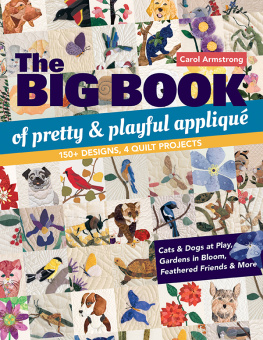
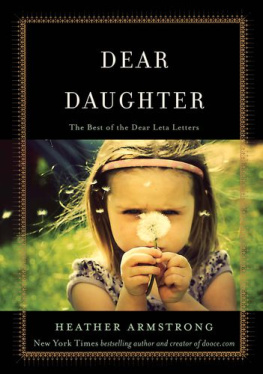

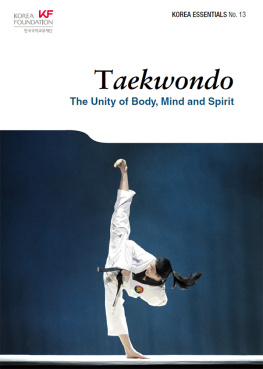
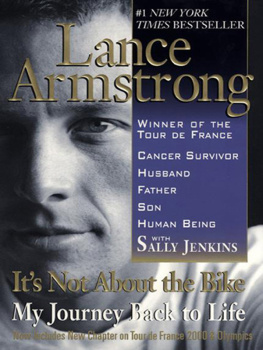

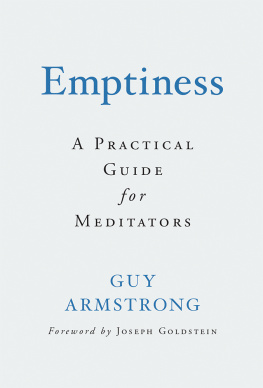
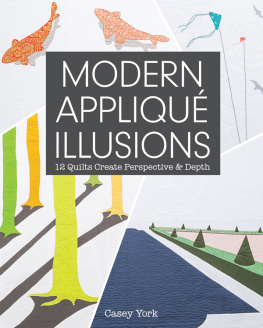
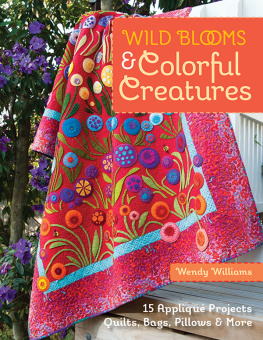
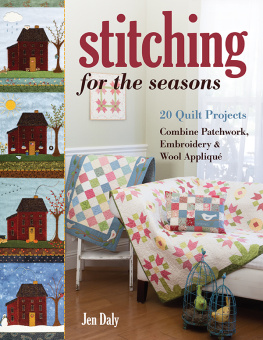
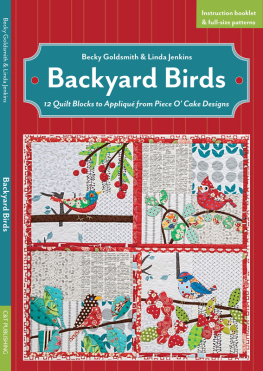
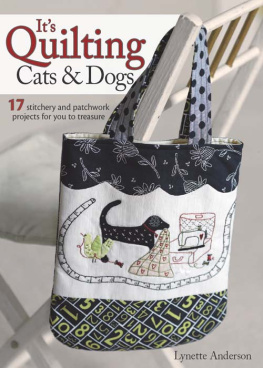
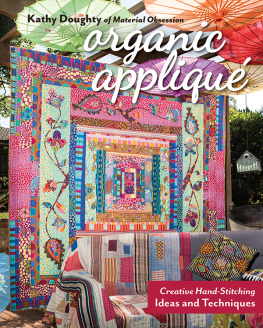
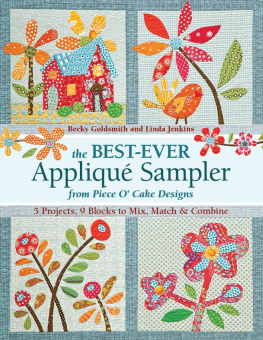
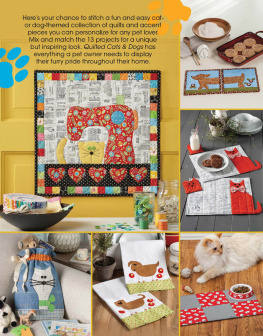
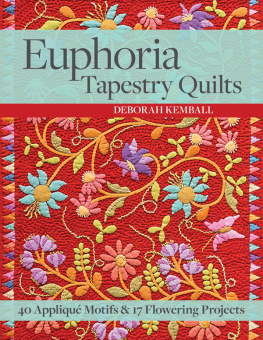
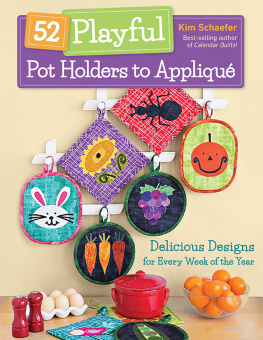
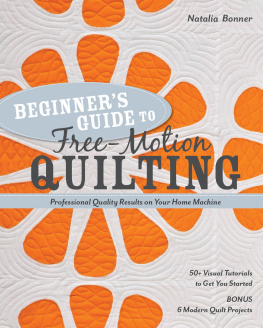
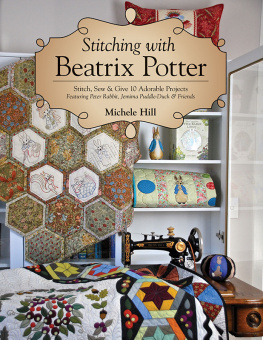
 Tools and Materials
Tools and Materials  Tools LIGHTBOX My method of appliqu uses a lightbox to make the tracing of designs easier. Amy Marson, Publisher
Tools LIGHTBOX My method of appliqu uses a lightbox to make the tracing of designs easier. Amy Marson, Publisher A cotton swab dipped in water makes a good eraser for water-erasable marker and avoids wetting the whole piece. PINS Use short glass-headed pins to hold appliqu pieces in place as you stitch; because they are short, they stay out of your way as you appliqu. Standard silk pins are fine for all basic sewing tasks.
A cotton swab dipped in water makes a good eraser for water-erasable marker and avoids wetting the whole piece. PINS Use short glass-headed pins to hold appliqu pieces in place as you stitch; because they are short, they stay out of your way as you appliqu. Standard silk pins are fine for all basic sewing tasks.